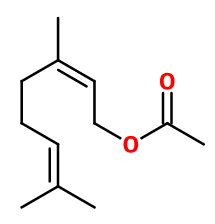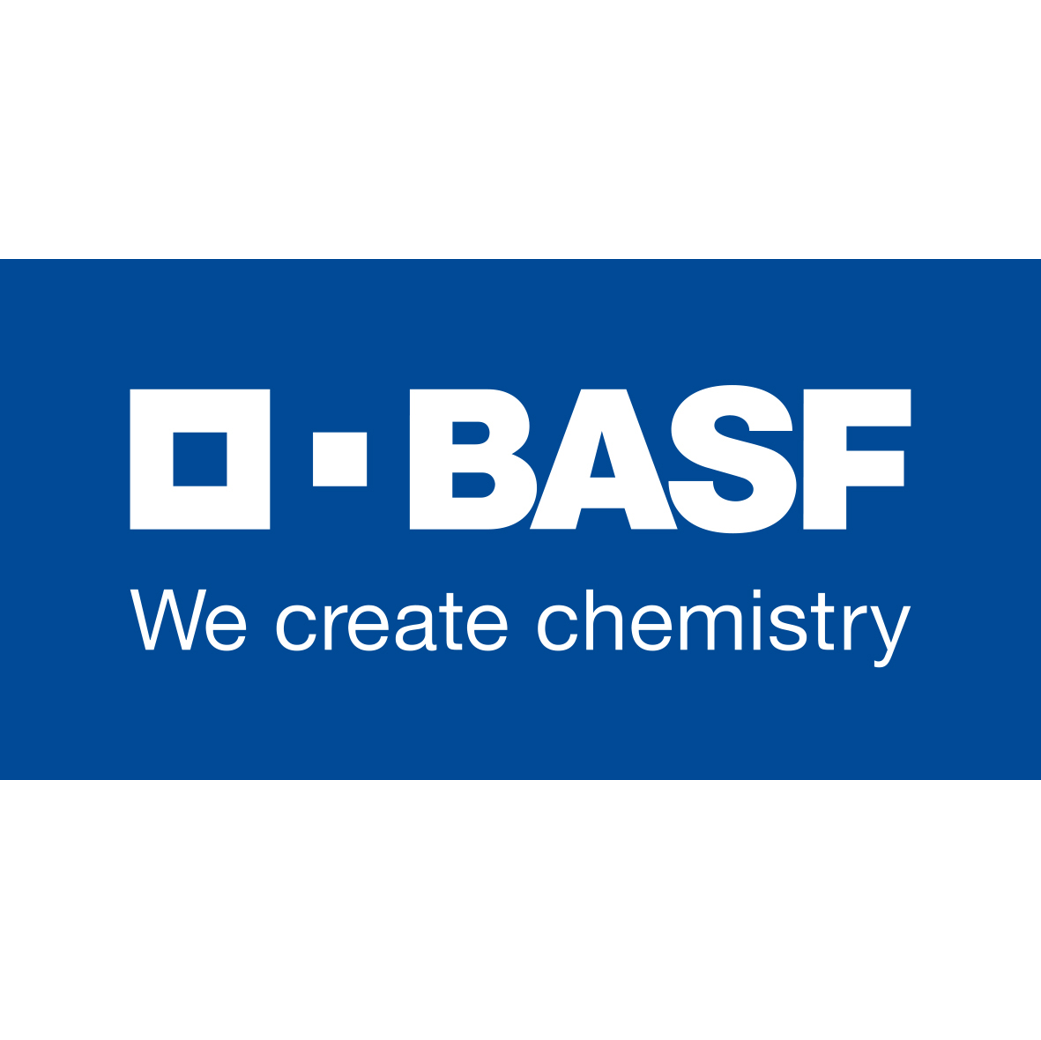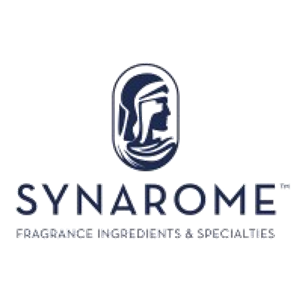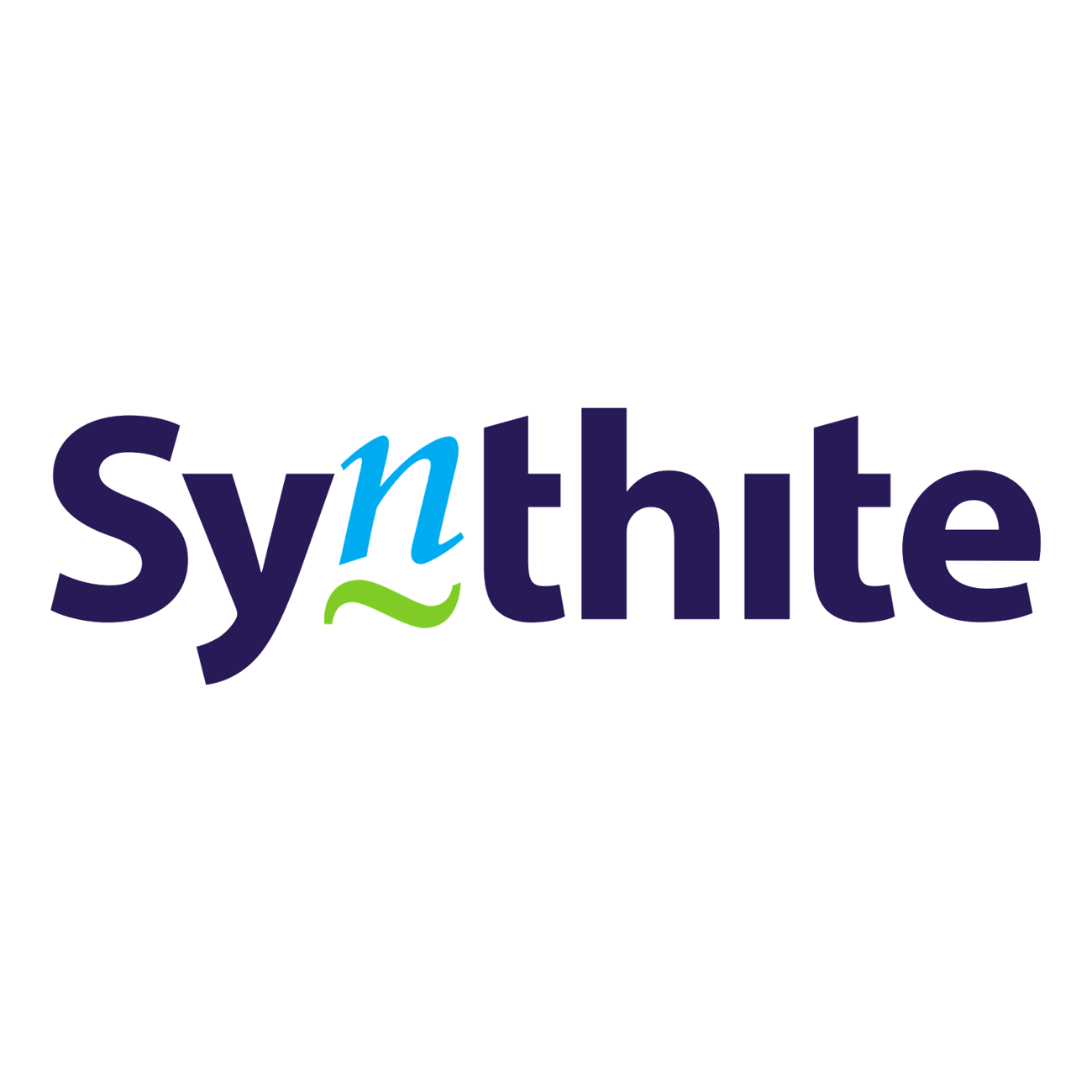
Photo credits: ScenTree SAS
| Company | Ingredient Name | ID | Comments | Naturality | Certifications | MOQ | Purity |
|---|---|---|---|---|---|---|---|
|
|
NERYL ACETATE 90 RC | 901816 |
Visit website
|
Molecules |


|
- | - |
|
|
NERYL ACETATE PURE RC | 901808 |
Visit website
|
Molecules |


|
- | - |
|
|
NERYL ACETATE PUR | - |
Visit website
|
- | 10 grs | - |
General Presentation
-
CAS N° :
141-12-8 -
EINECS number :
205-459-2 -
FEMA number :
2773 -
FLAVIS number :
09.213
-
JECFA number :
59 -
Volatility :
Heart -
Price Range :
€€
Physico-chemical properties
-
Appearance :
Colorless liquid -
Density :
0,905 -
Refractive Index @20°C :
1.459 - 1.465 -
Optical rotation :
Data not available. -
Vapor pressure :
0.0159 mmHg @23°C 0.025 mmHg @25°C -
Flash Point :
100°C (212°F)
-
Molecular formula :
C12H20O2 -
Molecular Weight :
196,29 g/mol -
Log P :
3,98 -
Fusion Point :
Donnée indisponible. -
Boiling Point :
238°C (460,4°F) -
Detection Threshold :
Il peut aller de 2 ppm à 8,5 ppm (0,00085%)
Chemistry & Uses
Uses in perfumery :
Neryl acetate is used in neroli and rose floral accords to bring a fruity-floral nuance.
Year of discovery :
Data not available.
Natural availability :
Neryl acetate is present in several citrus fruits and Petitgrain Bigarade EO, from which it can be extracted to obtain natural Neryl acetate. Although its price is high as it is present in small quantities in its natural state.
Isomerism :
May contain traces of Geranyl acetate. Both diastereoisomers have a similar smell, although more terpenic, less powerful and lemony for Neryl acetate. Linalyl acetate, Terpenyl acetate and Isobornyl acetate are isomers of Neryl acetate. However, Linalyl acetate and Terpenyl acetate are reminiscent of Bergamot EO and Isobornyl acetate of pine.
Synthesis precursor :
Neryl acetate is not a precursor to the synthesis of another compound of olfactory interest.
Synthesis route :
Neryl acetate can be synthesized from Nerol by an esterification reaction using acetic acid or acetic anhydride, or from Myrcene, in two stages: an addition reaction with acid hydrochloric acid, catalysed by copper chloride II, followed by an acetolysis reaction using sodium ethanoate and a base such as triethylamine. This reaction allows to obtain both (Z) Neryl acetate and (E) Geranyl acetate, two diastereoisomers.
Stability :
acetates may form acetic acid through time
Other comments :
Seeing it detection threshold Geranyl acetate is much more powerful than Neryl acetate.
IFRA
IFRA 51th :
This ingredient is not restricted for the 51th amendment
















